Mary Mattingly: Flock House Project: Omaha
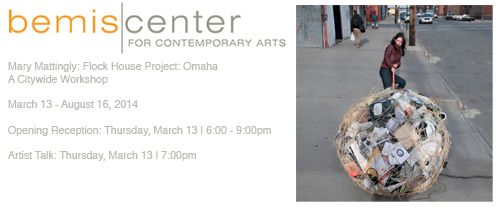
Mary Mattingly’s Flock House Project: Omaha, was a city wide workshop and exhibition developed during her residency at the Bemis Center for Contemporary Art, in Omaha, Nebraska.
What if migratory homes with autonomous systems for rainwater collection and food production were the building blocks of the city of the future? Inspired by patterns of global human migration and pilgrimage, the Flock House Project is a group of mobile, sculptural, public habitats and self-contained ecosystems that are movable, modular, and scalable.
This multi-phase project was part fantastic and part practical. It kicked off in Omaha on March 13, 2014, with an exhibition of Mattingly’s work at the Bemis Center. The exhibition included selected works from her Island (2009-2011), Anatomy of Melancholy (2007-ongoing), Second Nature (2006), Nomadographies (2009-2011), House and Universe (2013); and Wearable Portable Architecture (2011) bodies of work, as well as new works for her Tools series made at the Bemis Center. The centerpiece for the exhibition was one of the three portable structures from her 2012 Flock House Project, New York City.
Mary Mattingly: Flock House Project: Omaha exhibition brochure.
Unlike traditional exhibitions, however, the spaces also served as the artist’s active research hub while she was in residence at the Bemis Center, offering a space where she engaged the local community to develop plans for, and fabricate, new mobile living systems to be installed outdoors at both the Bemis Center in the Old Market and at Carver Bank in North Omaha. Omaha artists were then invited to occupy these living systems in order to promote and implement a broader integration between Omaha’s creative and urban design communities.
At a time when urban populations are faced with environmental, political and economic instability, dislocation and relocation become increasingly important to consider and reconcile. Addressing these themes and concerns, Mattingly first presented three Flock Houses across New York City during the summer of 2012. Her intention is to choreograph Flock Houses throughout urban centers across the United States. By constructing them, she seeks to enhance community-based interdependence, resourcefulness, learning, curiosity and creative exploration. Interactive community programs, workshops, lectures, performances and narrated tours focusing on Omaha’s history, current surroundings and future opportunities occurred throughout the summer. By engaging in a direct dialogue with Omaha’s history of community and innovation, the Flock House Project provided local residents and visitors with an opportunity to ponder the future of urban living.
During May 2014 a series of design/build workshops was held to develop a local iteration of her Flock House Project. Omaha residents had an opportunity to consider just how our urban landscape might look in the decades to come.
Mary and I talked with Justin Pazera of KMTV about the project.
Two Flock Houses were installed over summer in Omaha’s Old Market district and at Bemis Center’s Carver Bank location in North Omaha. To read about the process and about the participants’ experiences, visit the Tumblr account here.
For a listing of Old Market Flock House projects, click here.
For a listing of Carver Bank Flock House projects, click here.
Gallery Installation Shots:
Flock House Omaha design build:
Flock House Project: Omaha was developed through Design/Build Workshops in May 2014. During the workshops, the following people worked alongside Mattingly to create and install both the Old Market and Carver Bank Flock Houses:
Travis Apel: Artist/Organic Gardener/Builder
Dwayne Brown: Architect /Writer for Edible Omaha
Denise Chapman: Carver Bank Artist-in-Residence/Performer
Devel Crisp: Carver Bank Artist-in-Residence/Performer
Matt Cronin: Gardener/Community Activist
Tricia Custer: Video Production/Artist/Gardener
Angela Drakeford: Artist
Chance Frank: Artist/Gardener
Matt Freeman: Community Gardener
Cynthia Gehrie: Artist/Gardener
Neil Griess: Artist/Urban Activist
Catherine Harrington: Gardener/Builder/Cook
George Hewitt: Artist, Post Hurricane Katrina Rebuild Volunteer, Furniture
Dr. David J. Hibler, Sr.: Gardening, Community Activism
Maya Jeffereis: Bemis Center Artist-in-Residence/Installation/Sculpture/New Media/Performance
John Kerner: Architect/Artist
Jennifer Keys: Drawing/NAACP
Kim Reid Kuhn: Artist/Urban Activist/Teacher
Peter Langwith: Artist/Community Activist/Sustainable Living
Kayla Meyer: Landscape Architecture
Christina Narwicz: Artist/Gardener
Linn Norton: Art Education
Sarah O Donnell: Bemis Center Artist-in-Residence/Sculptor
Katie Parker: Bemis Center Artist-in-Residence/Sculptor
Dessi Price: Graphic Designer
Terri Sanders: Great Plains Black History Museum
Dr. Daniel Schober: Heath/Nutrition
Tyler Swain: Trash/Recycle Artist/Tinkerer/Construction
Travis Thieszen: Bemis Center Artist-in-Residence/Sculptor
Susan Thomas: Arts/Omaha Creative Institute
Liz Thrash: Gardener/Hobbyist
About Mary Mattingly:
Mary Mattingly is a New York City-based artist whose work has been supported by the James L. Knight Foundation, Eyebeam Center for Art and Technology, Yale University School of Art, the Harpo Foundation, NYFA, the Jerome Foundation and the Art Matters Foundation, among others. Mattingly has been featured in Art in America, Artforum, Dwell, China Business News, The New York Times, New York Magazine, Financial Times, New Yorker, The Wall Street Journal, and the Village Voice. Mattingly’s efforts have also been covered by BBC News, MSNBC, Fox News, and on Art21’s New York Close Up series.
The artist merges performance, sculpture, architecture and photography to address issues of home, migration, cartography and living systems. She creates photographs and sculptures that depict future and obscure landscapes, makes wearable sculpture, “wearable homes,” and ecological installations. Her work has been exhibited at the International Center of Photography, the Seoul Art Center, the Bronx Museum of the Arts, the New York Public Library, deCordova Museum and Sculpture Park in Massachusetts and the Palais de Tokyo. Mattingly participated in smARTpower: an initiative between the U.S. Department of State and the Bronx Museum of the Arts as artist-ambassador to the Philippines.
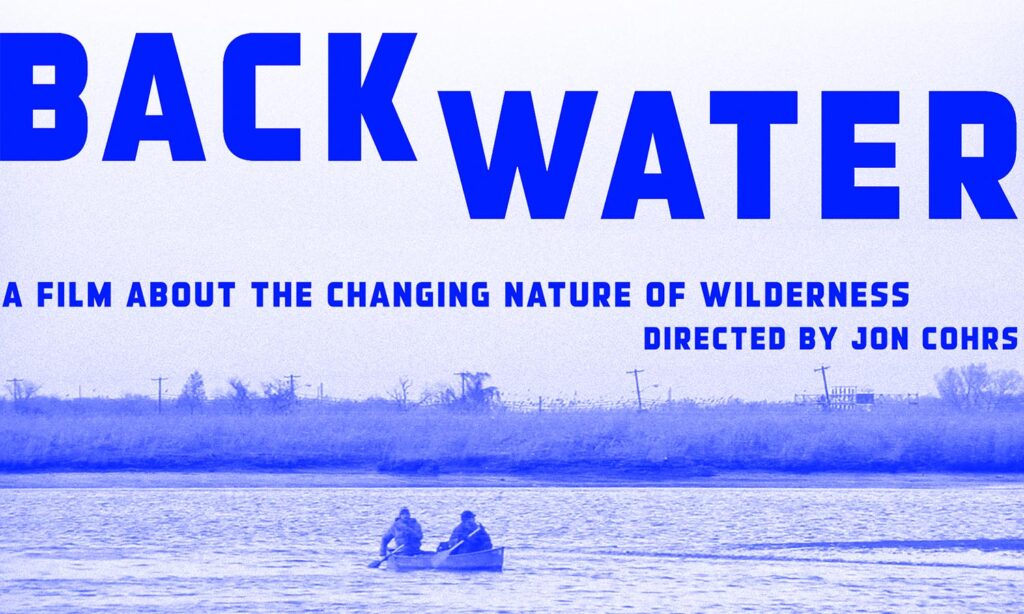
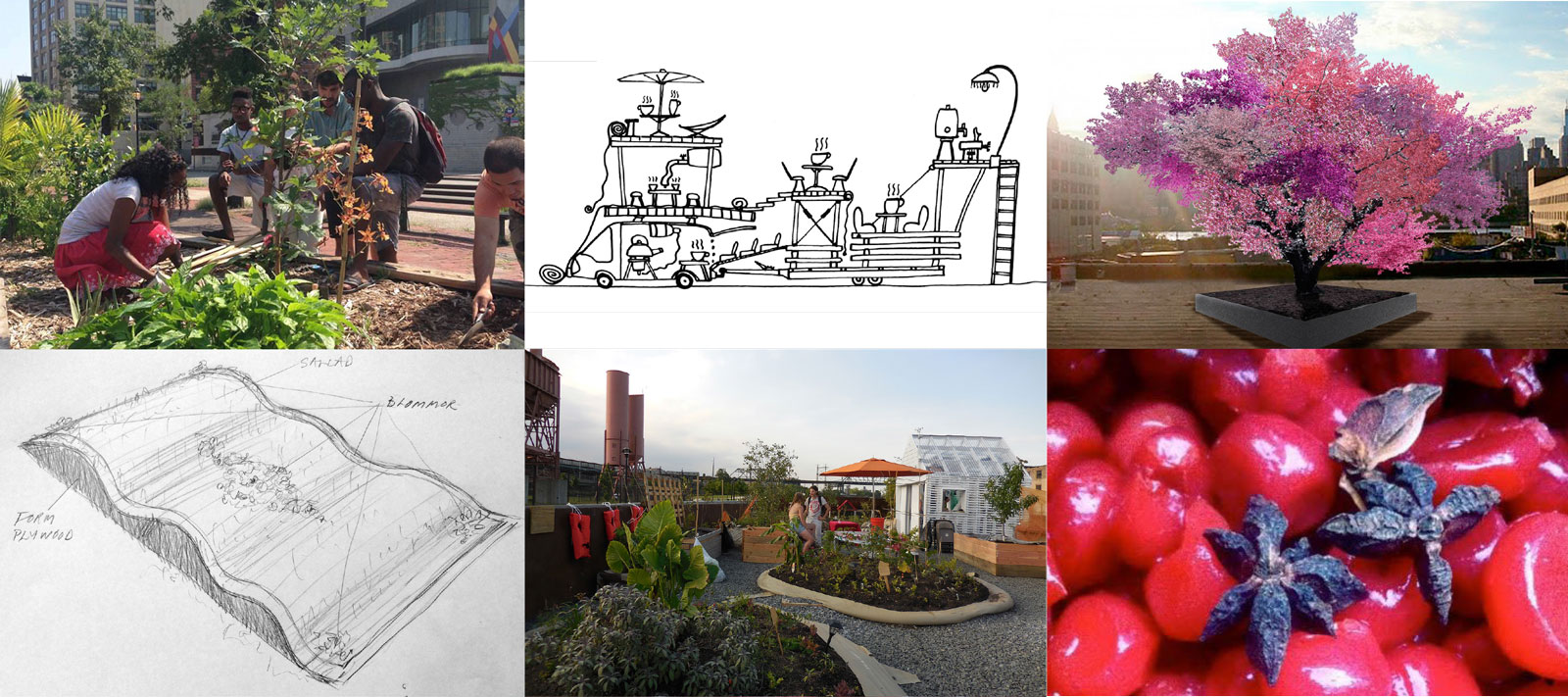

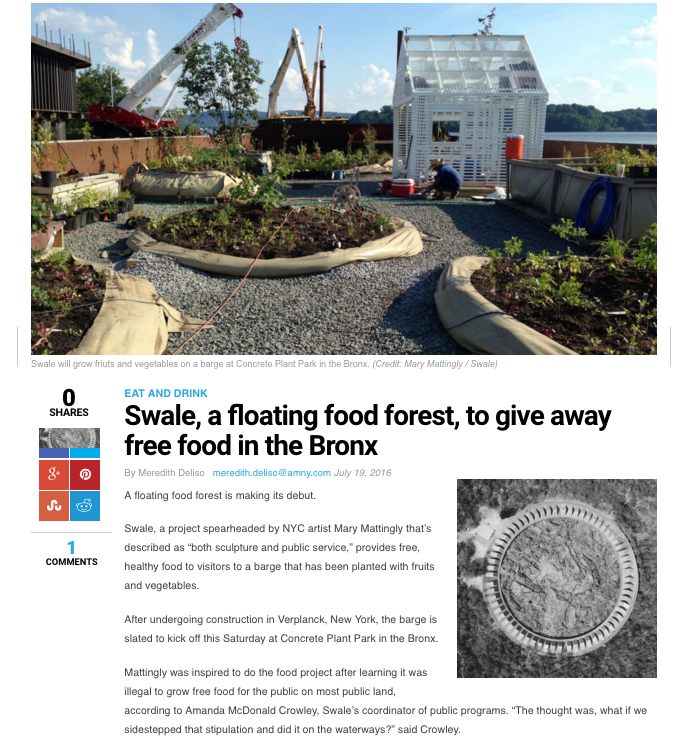
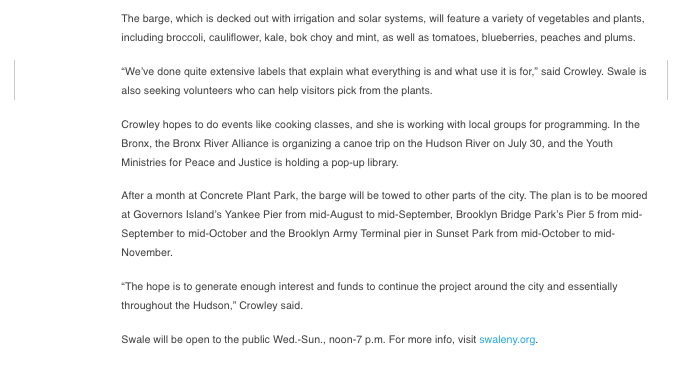
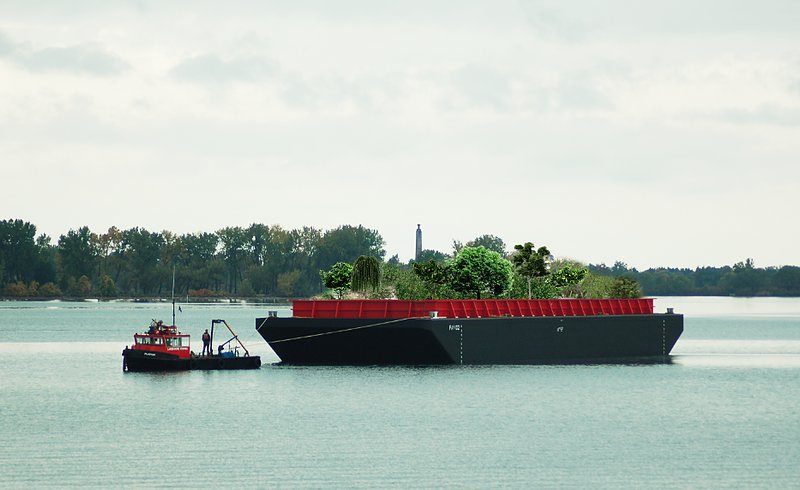
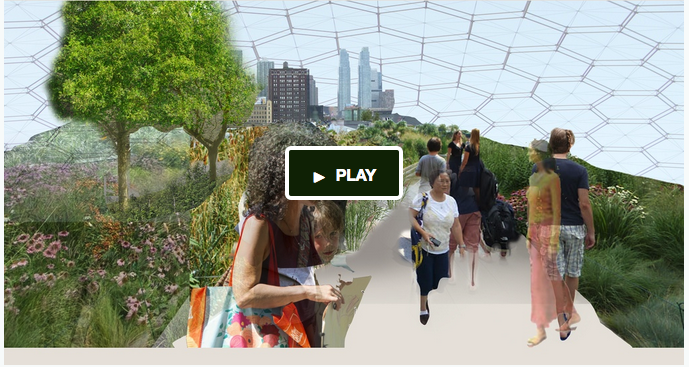
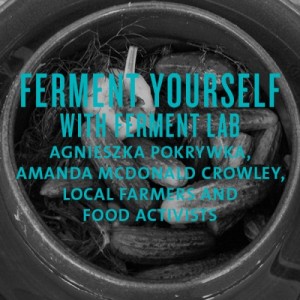

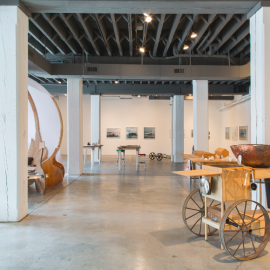
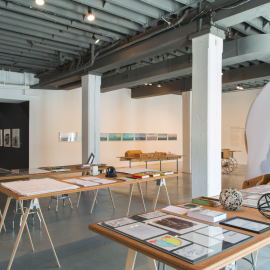
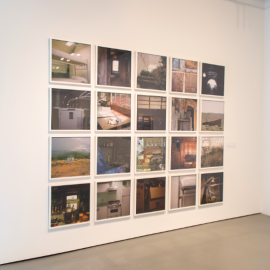
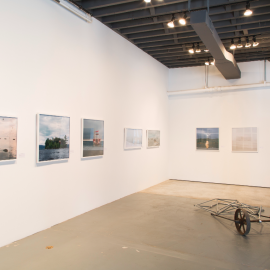
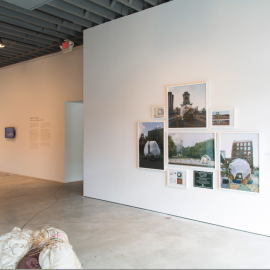
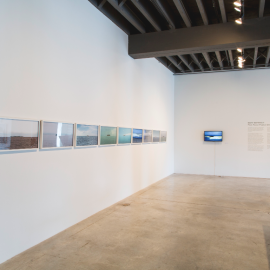
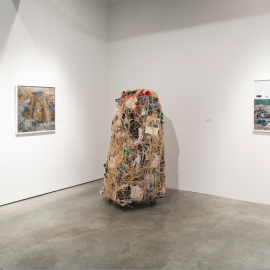
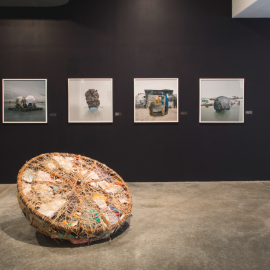

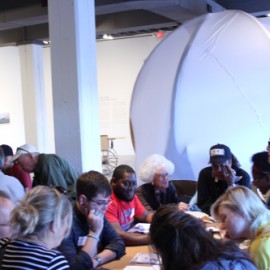
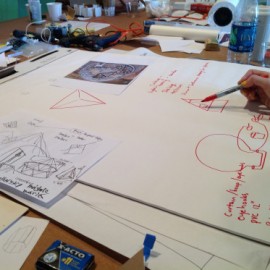
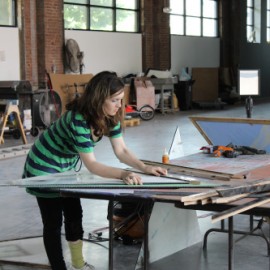
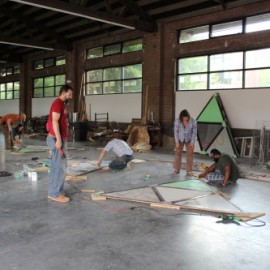
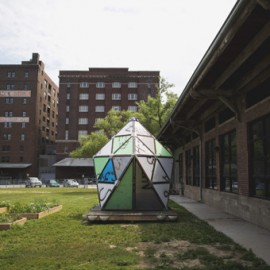
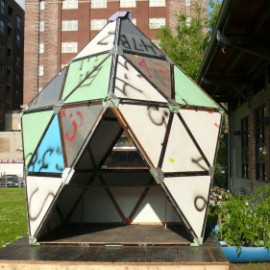
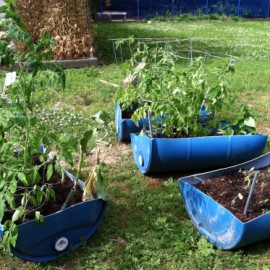
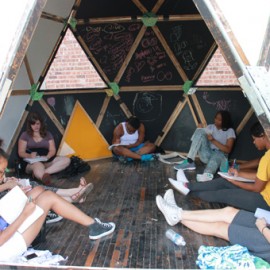
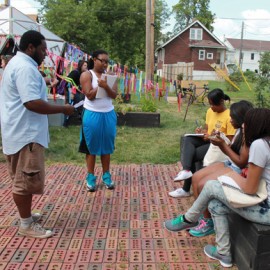
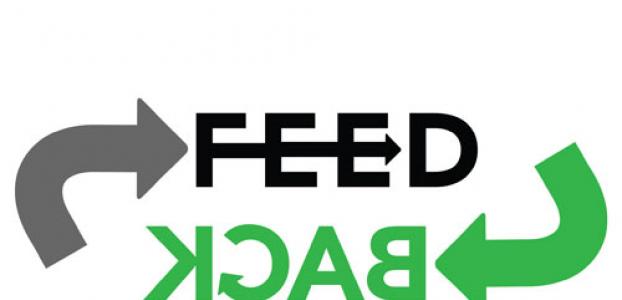
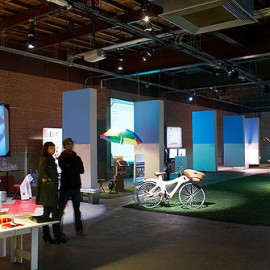
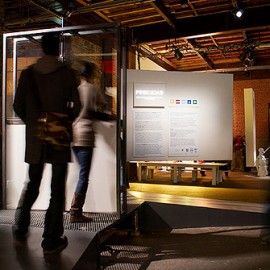
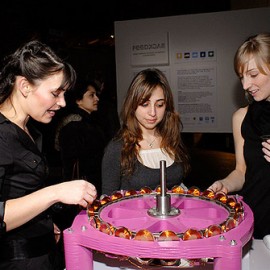
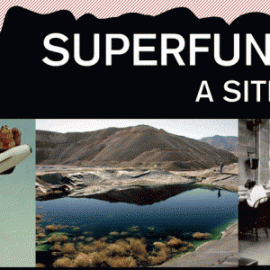
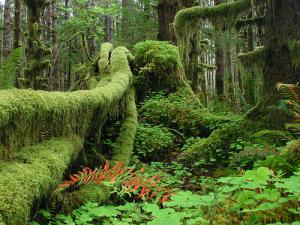 As a cultural worker and curator, I am equally interested in providing contexts for artists to produce new work and research as I am in curating exhibition programs.
As a cultural worker and curator, I am equally interested in providing contexts for artists to produce new work and research as I am in curating exhibition programs.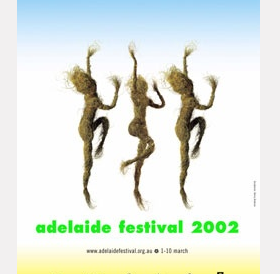 I was a member of the creative team (artistic directorate) responsible for developing program for the Adelaide Festival 2002.
I was a member of the creative team (artistic directorate) responsible for developing program for the Adelaide Festival 2002.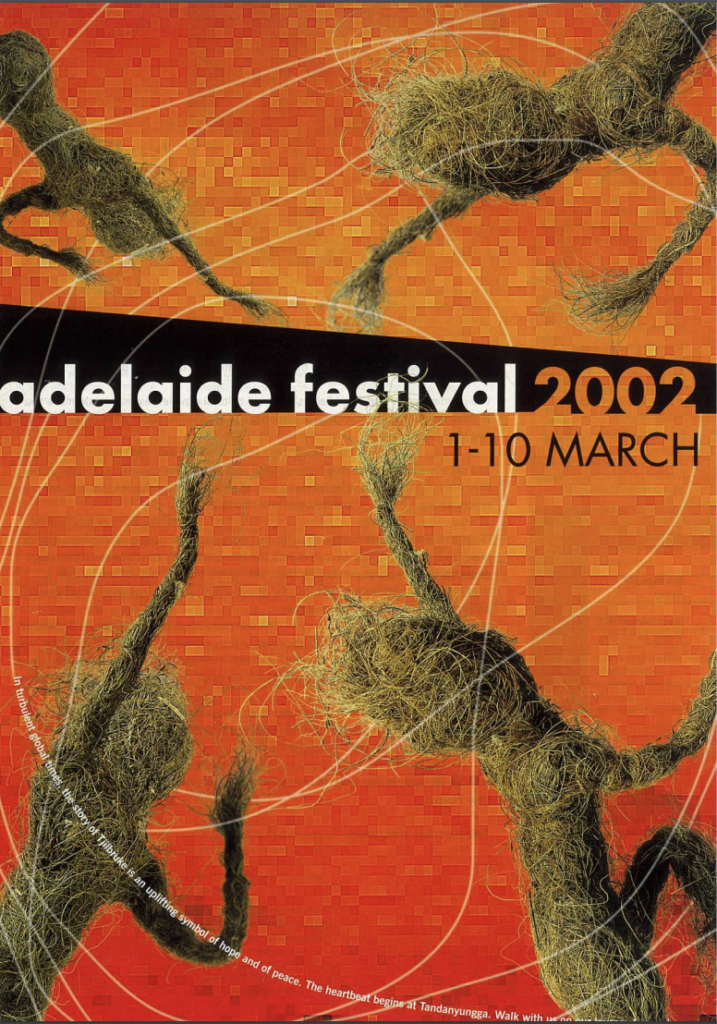

You must be logged in to post a comment.